
LR41 Battery Equivalent: A Complete Guide
Global electronic component supplier ERSAELECTRONICS: Rich inventory for one-stop shopping. Inquire easily, and receive fast, customized solutions and quotes.
What is an LR41 Battery?
The LR41 Battery is a tiny alkaline button cell that measures roughly 7.9 mm in diameter and 3.6 mm in height, and it has a nominal voltage of 1.5 volts. Usually, it has a capacity of between 25 and 30 milliampere-hours (mAh). Low-power gadgets including watches, calculators, remote controls, digital thermometers, medical equipment, toys, laser pointers, and tiny LED torches frequently use LR41 batteries.

LR41 Battery Specifications
| Specification of LR41 Battery | Values |
| Type | Alkaline Button Cell |
| Model | LR41 |
| Nominal Voltage | 1.5 Volts |
| Capacity | 25–30 mAh |
| Diameter | 7.9 mm |
| Height | 3.6 mm |
| Common Applications | Watches, Calculators, Remote Controls, Digital Thermometers, Medical Instruments, Toys, Laser Pointers, Small LED Flashlights |
| Shelf Life | Seven Years |
For LR41-powered devices, add a voltage comparator (LM393 class) so the system can signal “low battery” before shutdown.
When it comes to small electrical gadgets, the LR41 battery is a dependable and modest power source. Its compact design and effective power output make it the perfect choice for low-power applications, guaranteeing extended battery life in common devices.
LR41 Battery Applications
LR41 batteries are commonly used in devices such as medical devices, remote controls, toys, and security systems. These devices often contain multiple circuit board components such as resistors, capacitors, and microcontrollers to ensure proper functionality and power management.
See also our ADC types & IC selection for small devices.
Watches and Clocks: LR41 batteries are widely used to supply the energy required for timekeeping devices, such as wristwatches and clocks.
Calculators: To ensure correct calculations, LR41 batteries are used in many handheld calculators. These batteries offer steady power.
Medical Devices: Reliable and long-lasting power is crucial for medical devices including digital thermometers, diabetes meters, and hearing aids. These devices use these batteries.
Remote Controls: Garage doors, car keys, and other small electronic devices frequently employ remote controls that run on LR41 batteries.
Toys: LR41 batteries are used in a variety of electronic toys because of their small size and consistent voltage output.
Flashlights: LR41 batteries are occasionally needed for tiny flashlights or keychain lights in case of an emergency.
Laser Pointers: Because LR41 batteries have a tiny form factor, a lot of laser pointers run on them.
Security Systems: LR41 batteries are used as a backup power source in certain security system panels.
All things considered, the LR41 battery is a popular option in a variety of industries since it is adaptable and appropriate for uses requiring a compact but reliable power source.
Advantages of Using LR41 Battery
A common option for powering small electrical devices is the LR41 battery, which has a number of benefits. The principal advantages are as follows:
Compact Size: The 7.9 mm diameter and 3.6 mm height of the LR41 battery make it a good fit for space-constrained devices like calculators and watches.
Stable Voltage Output: Consistent performance in a variety of applications is ensured by the LR41's nominal voltage of 1.5 volts, which is ideal for precision instruments and other delicate devices.
Good Capacity: Low-drain devices can be powered by batteries with a capacity of up to 32 milliampere-hours for extended periods of time.
Wide Availability: Numerous Electronics Stores and online marketplaces have LR41 batteries, which are widely accessible, making it simple to locate replacements.
Cost-Effectiveness: As LR41 batteries are less expensive than other battery types like lithium or silver oxide, they offer a dependable power source without incurring a large financial burden.
Alkaline Chemistry: The LR41 is a well-known, reasonably priced alkaline battery that offers good performance and appeals to customers searching for dependable choices.
Long Shelf Life: If kept in proper storage, LR41 batteries have a 2- to 5-year shelf life, making them ideal for infrequently used electronics.
Environmental Impact: The environmental impact of alkaline batteries, such as the LR41, is often less than that of heavy metal-containing batteries, such as those containing cadmium or mercury. However, recycling and appropriate disposal are still crucial.
The LR41 battery offers stable voltage output, making it ideal for precision instruments and small electronics. Such instruments typically rely on high-quality circuit board components mounted on a PCB to operate efficiently and reliably.
For measurement accuracy, start with the ADC resolution & ENOB explained.
LR41 Battery Equivalent
Although LR41 batteries are commonly available and in use, the following alternatives may be taken into consideration depending on particular requirements:
Planning a redesign? Choose the right ADC when swapping cells.
SR41 Battery: Because of their comparable sizes and voltage characteristics, SR41 batteries are a good substitute for LR41 batteries. Though they can cost a little more, they are frequently interchangeable with LR41 batteries.
LR44 Battery: If the device's size permits, LR44 batteries—also referred to as AG13 or A76—can be used as substitutes. Compared to LR41 cells, these batteries have a somewhat bigger size, which allows for a longer runtime.
Silver Oxide vs. Alkaline: The SR41 battery employs silver oxide chemistry, while the LR41 battery uses alkaline chemistry. For applications that need a constant supply of power, silver oxide batteries provide a more stable voltage output.
Examine Energy Demands: Take your device's energy requirements into account when selecting a substitute. While some alternatives might have a longer runtime, their physical size might make them incompatible with the design of your device.
An excellent replacement for the LR41 battery is the LR44 battery. So let's take a closer look at this one.
LR43 vs. LR44 vs. LR41 Battery Specification
This is a thorough table comparison of the LR43, LR44, and LR41 batteries. These are typical alkaline button cell batteries; their sizes and capacities vary:

| Specification | LR43 Battery | LR44 Battery | LR41 Battery |
| Chemistry | Alkaline | Alkaline | Alkaline |
| Nominal Voltage | 1.5V | 1.5V | 1.5V |
| Diameter | 11.6 mm | 11.6 mm | 7.9 mm |
| Height | 4.2 mm | 5.4 mm | 3.6 mm |
| Capacity | ~110 mAh | ~150-160 mAh | ~35-40 mAh |
| Typical Use Cases | Watches, Calculators | Toys, Medical Devices, Watches | Small electronics, Laser pointers |
| Common Equivalents | AG12, 386A, V12GA, RW42 | AG13, A76, 357, L1154 | AG3, 192, 384, 392 |
| Weight | ~1.85 g | ~2.1 g | ~0.6 g |
| Operating Temperature | -10°C to 50°C | -10°C to 50°C | -10°C to 50°C |
LR43 vs. LR44 vs. LR41 Battery Features
LR43 Battery Features
- Cost-Effectiveness: Because manganese dioxide is used as the cathode material in the LR43 battery, it offers exceptional cost performance.
- Consistent Release Its characteristics make it useful for a variety of applications since it provides a consistent voltage output during both normal and high-drain pulse discharge.
- Leakage Resistance: The battery's distinctive sealing structure improves its capacity to withstand leaks, assuring long-term dependability.
- Environmental Compliance: The LR43 complies with RoHS regulations by not including any hazardous materials like lead, cadmium, or mercury.
LR44 Battery Features
- Strong high-drain discharge capabilities: Able to sustain high voltage and huge current for extended periods of time—roughly three times that of conventional kinds.
- A focus on safety features proprietary mercury-free technology to guarantee batteries that are trustworthy and safe for use in medical applications.
- Unwavering dependability and quality: produced with more than 40 years of manufacturing experience, fully in Japan.
LR41 Battery Features
- The LR41 battery has a nominal capacity of 25–32 mAh and a nominal voltage of 1.5 volts. Certain brands might assert that their LR41 batteries have greater capacity. Even Nevertheless, these batteries are frequently depleted at extremely low currents, and their true capacity is usually between 25 and 32 mAh.
LR43 vs. LR44 vs. LR41 Battery Equivalent
LR43 Battery Equivalents
The LR43 battery is a small, alkaline button cell battery commonly used in watches, calculators, and small devices. It has several equivalent batteries with similar sizes, voltages, and capacities. Here are the common LR43 equivalents:

AG12 Battery: The AG12 is the most common and direct equivalent of the LR43. It uses alkaline chemistry and provides the same nominal voltage of 1.5V. This battery is used interchangeably with the LR43 in most devices.
86 Battery: The 186 Battery is another equivalent of the LR43, with the same size and voltage. This name is less commonly used but denotes the same battery type.
301 / 386 Battery: These are silver oxide equivalents to the LR43. Silver oxide batteries typically offer several advantages over alkaline batteries, including a more stable voltage output and a longer lifespan. The 301 and 386 are similar in size to the LR43, making them compatible replacements.
SR43 Battery: The SR43 Battery is the silver oxide counterpart to the LR43. Like other silver oxide batteries, the SR43 provides more consistent voltage over time, making it suitable for devices that require stable and reliable power output. The SR43W and SR43SW refer to different discharge rates (W for high-drain devices, SW for low-drain devices).
GP43 Battery: The GP43 Battery is another equivalent to the LR43, manufactured by GP Batteries. Like the LR43, it is an alkaline button cell battery and can be used interchangeably in most devices.
L1142 Battery: The L1142 Battery is another equivalent name for the LR43 battery, used by some manufacturers. It shares the same size, voltage, and chemical composition as the LR43.
LR44 Battery Equivalent

Alkaline-type batteries include LR44 batteries. Alternatives include A76, AG13, G13, LR1154, L1154, and 154. Alkaline LR44 batteries can also be swapped out for silver-oxide ones; among substitutes are SR44, SR44SW, SR44W, SB-B9, 303, and 357.
LR41 Battery Equivalent

LR41 batteries can be directly replaced with 192, 92A, LR736, and AG3 batteries. Despite having the same size and dimensions as LR41 batteries, the 384, SR41, and 392 silver oxide batteries are not perfect replicas or direct replacements because of their distinct chemical compositions, which results in variable functionality in various applications. These substitutes are not the same even if they have the same dimensions as LR41 batteries.
LR44 Battery: A Viable Alternative to LR41 Battery
The LR44 battery is a well-known substitute for the LR41 battery while searching for alternatives. The LR44, often referred to as AG13 or A76, is comparable to the LR41 in certain aspects but has some benefits as well. Here, we examine the salient characteristics, compatibility, and factors to take into account while switching from LR41 to LR44 batteries.
Variations in Dimensions and Size:
The size difference between the LR41 and LR44 batteries is the most noticeable difference. With a height of 3.6 mm and a diameter of 7.9 mm, the LR41 is more compact and smaller.
On the other hand, the LR44 is taller at 5.4 mm and has a bigger diameter of about 11.6 mm. Because of its longer lifespan and higher energy capacity, this larger size makes it a more potent choice in some applications.
Interchangeability and Compatibility:
Even though they are not the same size, LR44 batteries are frequently substituted in place of LR41 cells in gadgets that can handle the bigger size. An LR44 battery may work with many devices made for LR41 batteries without the need for modification.
But it's crucial to make sure that the LR44's bigger size doesn't affect the device's usability or safety, particularly if the battery compartment is made exclusively for the smaller LR41. To prevent any problems with the device's functionality, make sure the fit is correct.
In conclusion, even though the LR44 battery has more capacity and power than the LR41, it should only be used in devices that can accept its bigger size due to its larger size.
Advantages of using LR44 Battery
Extended Runtime: LR44 batteries have a higher energy capacity than LR41 batteries because of their larger size. Because of its bigger capacity and possible longer runtime, LR44 batteries are especially well-suited for devices that require more energy.
Voltage Stability: LR44 batteries, like LR41 batteries, have a consistent voltage output for the duration of their lives. This quality is notably useful for electronics and medical equipment, among other items, that need steady, dependable power.
Cost-Effectiveness: LR44 batteries are inexpensive and generally accessible. They are a desirable option for people looking for an affordable replacement for the LR41 battery because of their affordability.
LR43 Battery: A Viable Alternative to LR41 Battery
The LR43 battery is not a direct equivalent or viable alternative to the LR41 battery. While they share some similarities in terms of being alkaline button cell batteries, there are significant differences in their size, voltage, and capacity that make them incompatible for direct substitution.
Key Differences Between LR43 and LR41 Battery
Size: The LR43 battery has a diameter of 11.6mm and a height of 4.2mm, while the LR41 battery is much smaller with a diameter of 7.9mm and a height of 3.6mm.
Voltage: Both the LR43 and LR41 batteries have a nominal voltage of 1.5V.
Capacity: The LR43 battery has a typical capacity of 110mAh, significantly higher than the 25-32mAh capacity of the LR41 battery.
Weight: The LR43 battery weighs 1.6g, while the LR41 battery weighs only 0.57g.
Alternatives to LR41 Battery
When replacing the LR41 battery with an equivalent model, it’s also important to check the battery contact points and other circuit board components inside the device to avoid connection issues or performance loss.
Advantages of using LR43 Battery
Numerous benefits make the LR43 battery a superior option for a range of applications. The main advantages are as follows:
1. High Capacity and Energy Density
The LR43 battery is well-known for having a large capacity—roughly 110 mAh—that enables it to power electronics for long periods of time. Because of its high energy density, gadgets can function well without needing to change their batteries very often.
2. Durability and Reliability
The long-term performance of LR43 batteries is intended to be constant. Their exceptional resistance to leaks increases their dependability in delicate electronics. Because battery failure can have catastrophic repercussions in applications like security systems and medical devices, durability is very critical.
3. Stable Voltage Output
For applications that demand constant power levels, these batteries' ability to maintain a stable voltage output throughout their discharge cycle is essential. This feature helps to guarantee that electrical devices and tools operate as intended, uninterrupted.
4. Cost-Effectiveness
LR43 batteries are a cost-effective choice for customers because they are typically accessible and reasonably priced. Their extended longevity additionally enhances their total worth by enabling users to save money by lowering the need for replacements over time.
5. Versatile Applications
Numerous gadgets, such as watches, calculators, remote controls, and electronic toys, are compatible with the LR43 battery. Because of its adaptability, it is a sensible option for a variety of commonplace uses.
6. Environmental Compliance
LR43 batteries are produced in compliance with environmental requirements by being free of lead, cadmium, and mercury. They are a safer option because of their compliance with both people and the environment.
Conclusion of LR41 Battery Equivalent
Many small electronic gadgets use the LR41 battery, a versatile and small-button cell battery. Although it has a specific name, there are a number of comparable and alternative batteries that work well together in a variety of situations.
In conclusion, even though the LR41 has a special classification of its own, there are numerous comparable and substitute button cell batteries that are accessible and can be used to power tiny electronic devices when needed. When choosing a replacement, careful consideration of voltage, chemistry, and size is advised.
Next step: which ICs pair with this battery?
Related Articles
- ·ICD Electronics: Tiny Lightning, Relentless Reliability
- ·Smart Pill Dispensing Electronics: From Missed Doses to Mission Control
- ·Conditional Access Module (CAM): The Pay-TV Gatekeeper Engineers Actually Enjoy Reading About
- ·NC Formula Semiconductor: The Blockbuster Guide You Didn’t Know You Needed
- ·Electrosurgery Electronics: Turning RF Into a Surgical Superpower
- ·Endoscopic Imaging Electronics: Tiny Optics, Big Picture
- ·Instrument Cluster: The Dashboard Wizard That Makes You Feel Like Iron Man
- ·X-ray & CT Electronics: From Kilovolts to Reconstruction
- ·MRI Core Electronics: From Quench to K-Space
- ·OKL Series PoL DC/DC Converters: The Bite-Size Power Bricks That Keep Your Board Cinematic






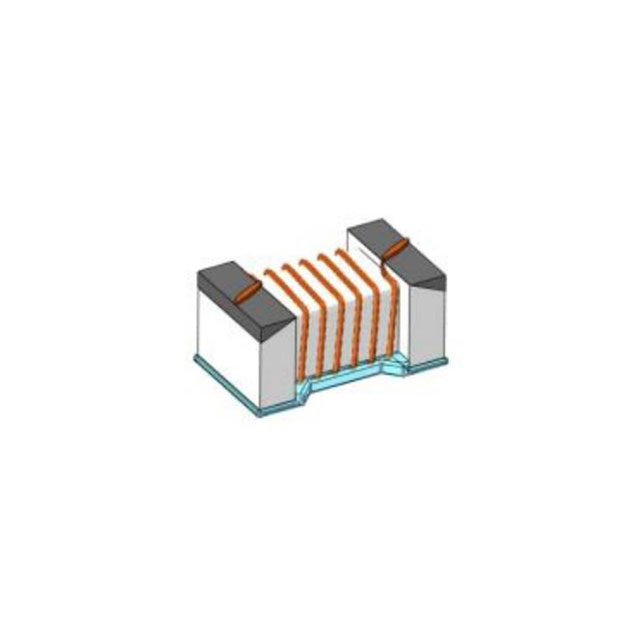
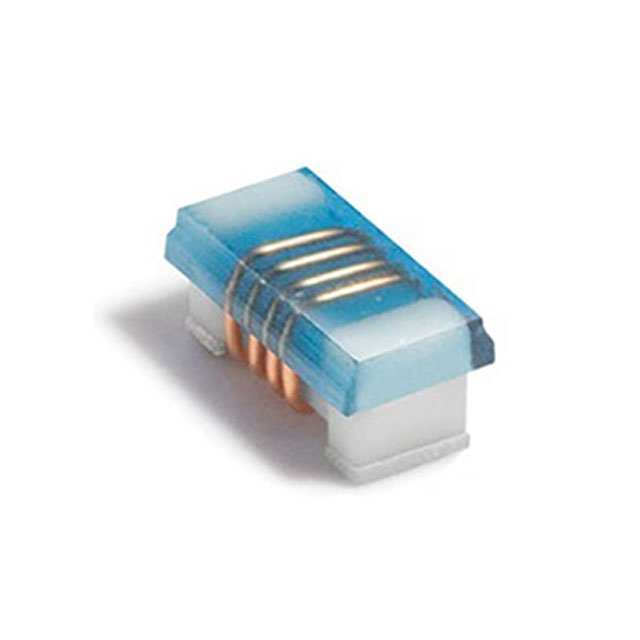


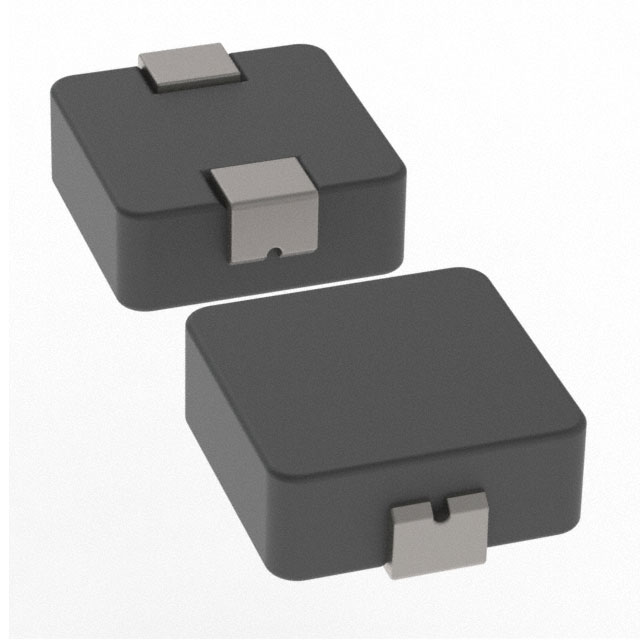

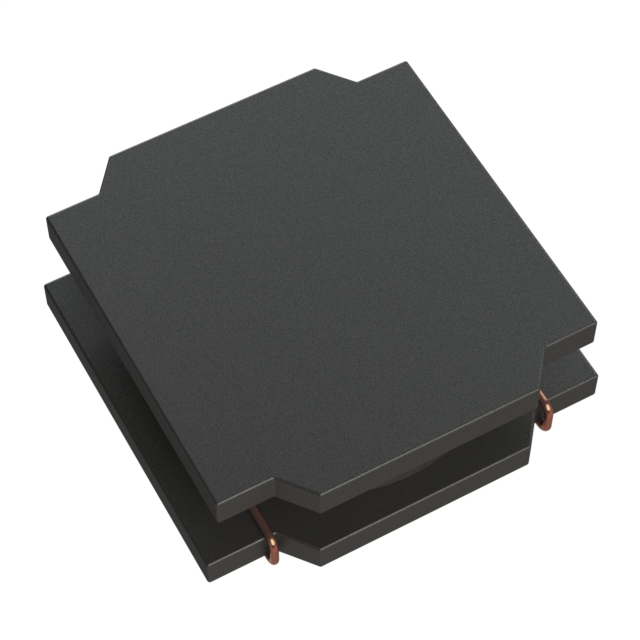
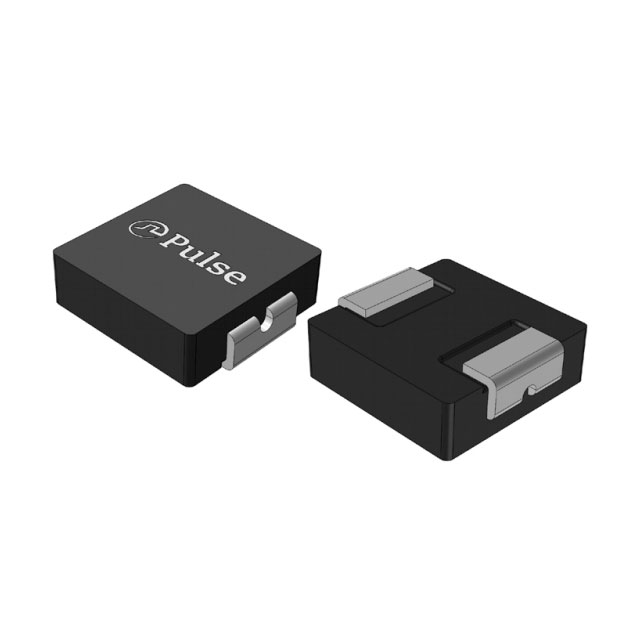






.png?x-oss-process=image/format,webp/resize,h_32)










